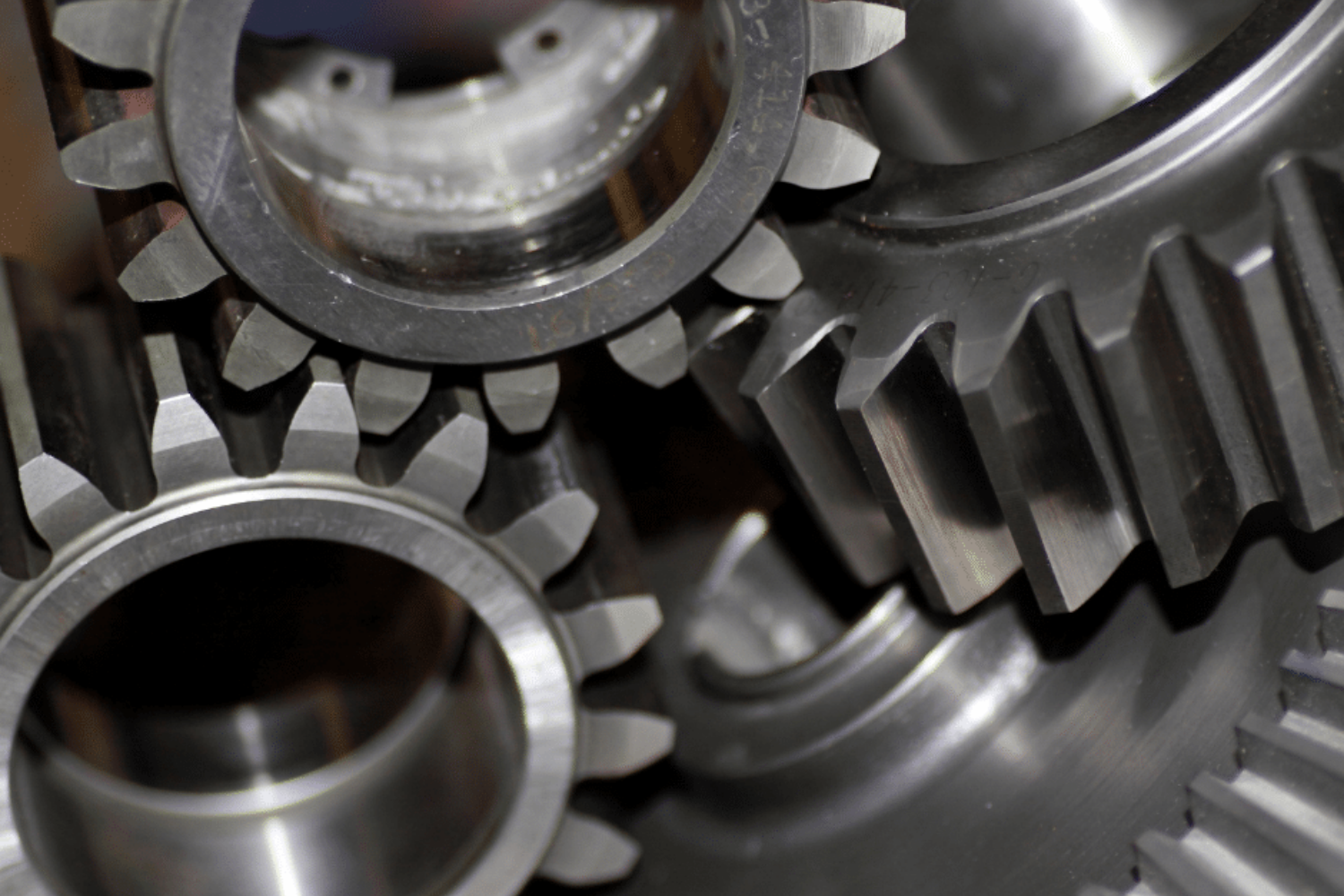When it comes to connecting components on a shaft, two popular choices are Taper Lock Bushes and Keyed Bushings. These mechanical elements play a crucial role in power transmission, but they operate differently and offer distinct advantages. The decision between the two depends on the specific requirements of your application.
Taper Lock Bushes: Versatility and Convenience
Taper Lock Bushes are known for their ease of installation and versatility. They consist of a tapered, split bushing with an inner taper and a matching outer taper on the hub or component to which they are mounted. Here are some key advantages of Taper Lock Bushes:
- Easy Installation: Taper Lock Bushes are designed for quick and straightforward installation. They can be mounted or removed with minimal effort using common hand tools, making them a convenient choice for applications that require frequent maintenance or adjustments.
- Uniform Distribution of Stress: The taper design evenly distributes stress along the shaft, reducing the risk of shaft damage and ensuring a secure connection.
- Wide Range of Sizes: Taper Lock Bushes are available in various sizes and bore diameters, making them suitable for a wide range of applications.
- High Torque Transmission: These bushings can efficiently transmit high levels of torque, making them ideal for demanding power transmission applications.
Keyed Bushings: Precision and Durability
Keyed Bushings, also known as Keyed Shafts or Keyed Couplings, use a key or a slot to connect a component to a shaft. They offer precision and durability, making them a popular choice for heavy-duty applications. Here are some key advantages of Keyed Bushings:
- Precise Positioning: Keyed Bushings provide precise angular positioning and prevent relative motion between the shaft and the connected component. This precision is crucial in applications where accurate alignment is required.
- High Torque Capacity: Keyed Bushings are well-suited for high-torque applications, such as those found in industrial machinery and heavy equipment.
- Resistance to Axial Load: They can withstand axial loads, making them suitable for applications with axial forces, like pumps and compressors.
- Durable Connection: The keyway provides a secure and durable connection between the shaft and the component, ensuring long-term reliability.
Choosing the Right Option
The choice between Taper Lock Bushes and Keyed Bushings depends on your specific application requirements:
If you need a versatile and easily adjustable solution with quick installation, Taper Lock Bushes may be the better choice.
For applications demanding precision, high torque transmission, and resistance to axial loads, Keyed Bushings are a solid option.
The decision between Taper Lock Bushes and Keyed Bushings ultimately boils down to your application’s unique demands. Both options offer reliable means of connecting components to a shaft, but they excel in different scenarios. Consider factors such as ease of installation, torque requirements, precision, and maintenance when making your choice. Consulting with experts or engineers familiar with power transmission components can also provide valuable guidance in selecting the best option for your specific application.
CONTINUE READING
Related Posts
In industrial machinery, V-groove pulleys are a critical component, transferring power efficiently and ensuring the smooth operation of various mechanical […]
Spur gears are among the simplest and most widely used gears in mechanical engineering and industrial applications. Their straightforward design […]
Taper lock bushes are essential components used to securely attach pulleys, gears, and other mechanical elements to shafts. Their design […]





